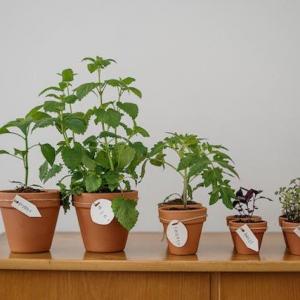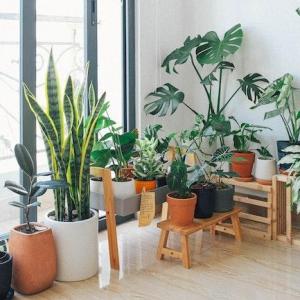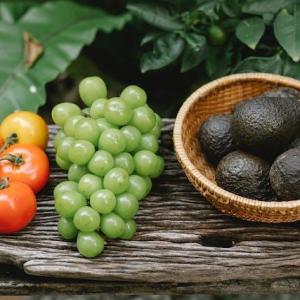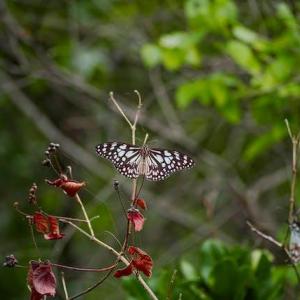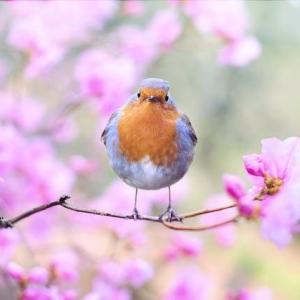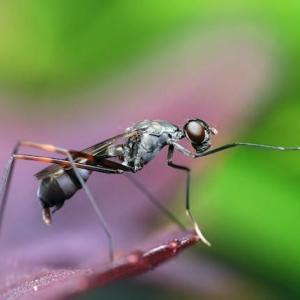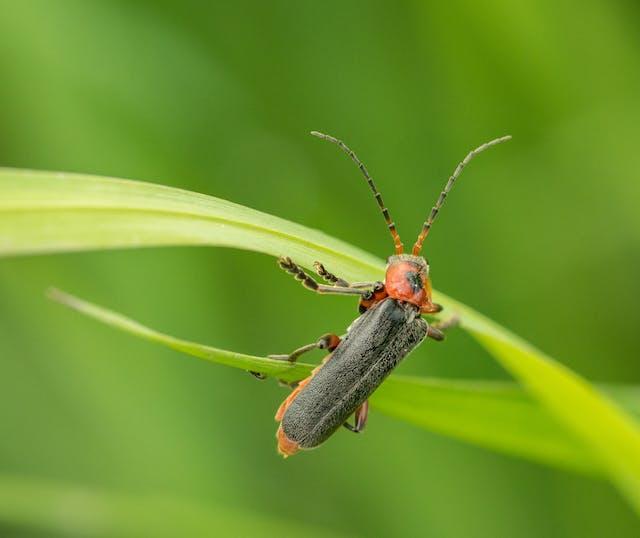
Remove Pest Food, Water and Shelter
The first step is removing the things that attract pests like clutter, stagnant water sources, damaged wood and leaf litter. Store food in sealed containers and fix any water leaks. Reduce shelter by trimming bushes from touching walls and check for cracks or crevices.Use Diatomaceous Earth This dust-like powder containing fossilized algae can be sprinkled around the perimeter of your home, in carpets and on plants. Its fine edges dehydrate and kill pests like bugs and worms. It's non-toxic to humans but needs reapplying after rains or regular vacuuming.
Employ Essential Oils Aromatic essential oils can repel various insects when diffused or mixed with water and sprayed. Try lemon, cinnamon, peppermint, rosemary or cloves, being safe around pets. Make infused sachets to tuck among items. Different scents target specific pests without harming beneficial insects.
Set Monitoring Traps Sticky traps, pheromone traps and bait stations let you monitor pest populations without poisons. Replace regularly to avoid overkilling as it disrupts natural balances. You can also use simple jar or glue traps for mice, not leaving them where children or wildlife could touch.
Release Beneficial Insects Invite natural allies like ladybugs, lacewings and praying mantises into your yard by purchasing and dispersing them. They actively prey on destructive bugs without causing harm. Beneficial mites also feed on spider mites plaguing plants. These natural fighters establish balance well after short-term use.
Spray Insecticidal Soaps Mix a few drops of various soap types like castile, Dr. Bronner's or insecticidal soap with water in a spray bottle. Mist solutions directly target soft-bodied pests like aphids, spider mites, whiteflies and scales without residue. Reapply after rain and at first signs to nip issues early.
Use Homemade Fungicides Baking soda (1 tbsp/gal water), hydrogen peroxide (1 tbsp/gal), compost tea and extracts made by steeping plants exhibiting antifungal properties in oil are all natural, inexpensive fungicides safe for most plants. Spray or dust weekly preventively and whenever visible fungus appears.
Apply Diatomaceous Earth Sprinkle this powder on vines, trees and shrubs periodically as a natural insecticide, insect and fungus barrier. Its fossilized algae are non-toxic yet cause dehydration of pesky critters. Blow into crevices and around bases of plants where pests hide. Reapply after rainfall maintains effectiveness.
Conclusion Making simple habitat adjustments and deploying least-toxic tactics proactively prevents many pest and disease issues naturally without poisons threatening beneficial wildlife or contaminating soil. Observant monitoring allows sustainable management with patience and frequency tailored for each situation.
Spray Insecticidal Soaps Mix a few drops of various soap types like castile, Dr. Bronner's or insecticidal soap with water in a spray bottle. Mist solutions directly target soft-bodied pests like aphids, spider mites, whiteflies and scales without residue. Reapply after rain and at first signs to nip issues early.
Use Homemade Fungicides Baking soda (1 tbsp/gal water), hydrogen peroxide (1 tbsp/gal), compost tea and extracts made by steeping plants exhibiting antifungal properties in oil are all natural, inexpensive fungicides safe for most plants. Spray or dust weekly preventively and whenever visible fungus appears.
Apply Diatomaceous Earth Sprinkle this powder on vines, trees and shrubs periodically as a natural insecticide, insect and fungus barrier. Its fossilized algae are non-toxic yet cause dehydration of pesky critters. Blow into crevices and around bases of plants where pests hide. Reapply after rainfall maintains effectiveness.
Conclusion Making simple habitat adjustments and deploying least-toxic tactics proactively prevents many pest and disease issues naturally without poisons threatening beneficial wildlife or contaminating soil. Observant monitoring allows sustainable management with patience and frequency tailored for each situation.
Apply Diatomaceous Earth Sprinkle this powder on vines, trees and shrubs periodically as a natural insecticide, insect and fungus barrier. Its fossilized algae are non-toxic yet cause dehydration of pesky critters. Blow into crevices and around bases of plants where pests hide. Reapply after rainfall maintains effectiveness.
Conclusion Making simple habitat adjustments and deploying least-toxic tactics proactively prevents many pest and disease issues naturally without poisons threatening beneficial wildlife or contaminating soil. Observant monitoring allows sustainable management with patience and frequency tailored for each situation.
Article
Be the first comment
Elite Article





